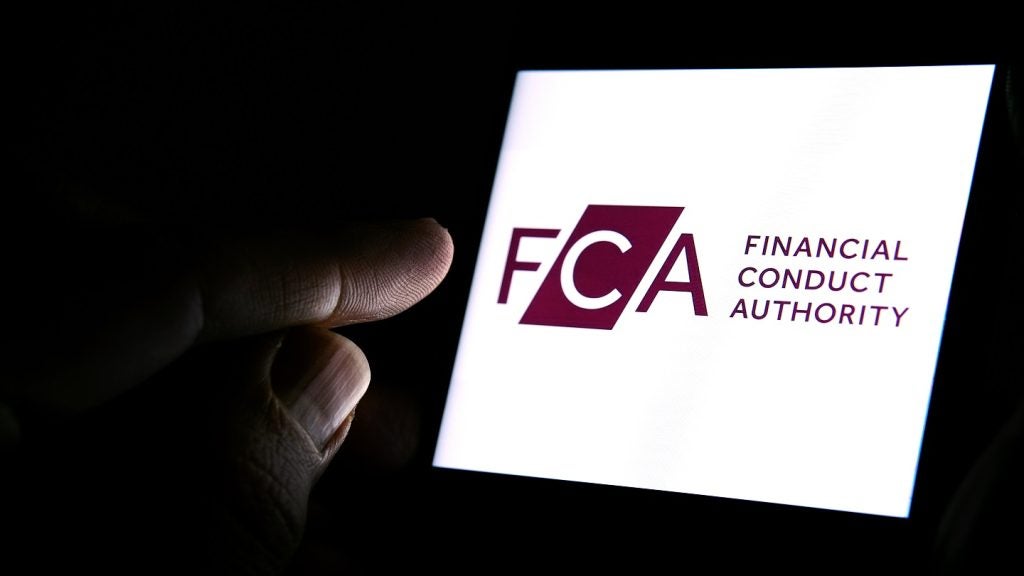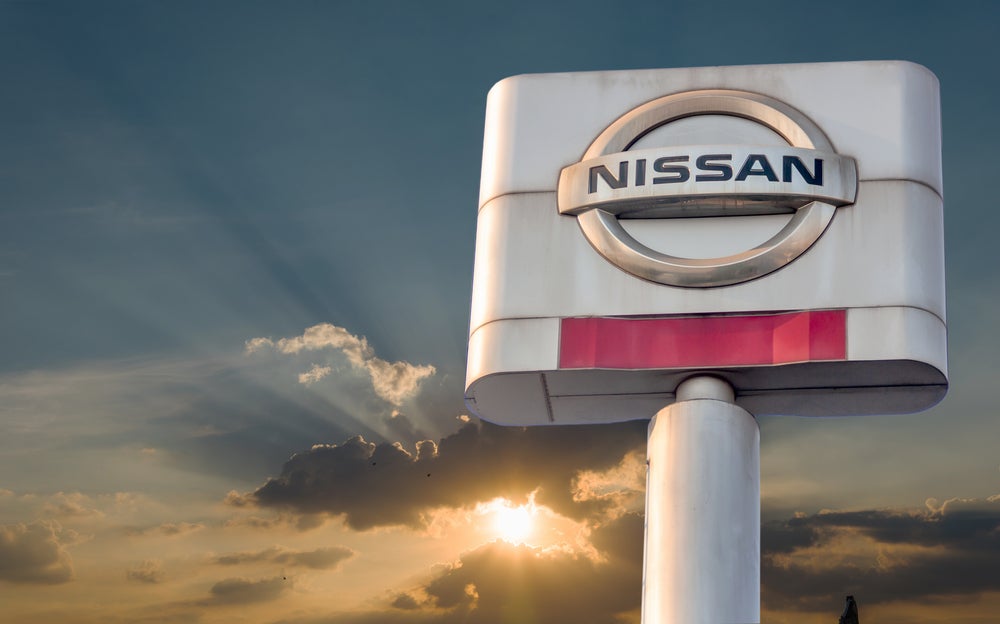The Sophus3 automotive event in London spanned both the company’s speciality of web traffic analysis, and wider market trends such as the rise of electric vehicles (EVs). Christopher Marchant reports on what the speakers had to say about technology and its relationship with the car industry.
Marcus Hodgkinson, chair of the board at Sophus3, gave engaging contributions about the eDataXchange collected by the company, analysing web traffic to the sites of large OEMs including Ford, Volkswagen, Nissan and BMW.
In doing so Sophus3 discovered that in 2018, for the first time, OEMs were getting more interactions through their YouTube channels than their brand websites.
A correlation can be inferred between this revelation and the data on the OEM sites, according to Hodgkinson. “When Sophus3 first started tracking bounce rates in 2003, the average was around 80%,” he explained.
“The main reason in those days for people leaving after one page was that the download time on that page was so long that people just gave up and left.
“That problem has obviously been massively improved with greater levels of internet connection. Yet, although there has been a corresponding decline in the bounce rate over the years, in 2018 it went up from 48% to 50%.
How well do you really know your competitors?
Access the most comprehensive Company Profiles on the market, powered by GlobalData. Save hours of research. Gain competitive edge.

Thank you!
Your download email will arrive shortly
Not ready to buy yet? Download a free sample
We are confident about the unique quality of our Company Profiles. However, we want you to make the most beneficial decision for your business, so we offer a free sample that you can download by submitting the below form
By GlobalData“In terms of visit duration – the average time spent on the site – it has gone down to close to two and a half minutes. Again, it shows that people are becoming less patient: they want to get things done as quickly as possible, and the opportunity for you to engage people is actually going down.”
There has also been a decline in the average number of pages viewed per visit, from 3.7 in 2017 to 3.5 in 2018.
The journey from watching a YouTube channel to the purchase of a vehicle is long, and even when focusing on a website, this interest-to-custom conundrum is a difficult consideration.
“In 2018, slightly more people requested a test drive – 2.5% of visitors, up from 2%,” said Hodgkinson. “Two percent commence a request for quote, but in terms of one actually being submitted, it is one in 1,000. That is one of the key challenges that OEMs have as brands: there is traffic coming in at the top, yet the attrition is high.”
Web Proliferation
As well as the improved loading time for web pages in the last 15 years, there has also been a proliferation of devices that can access the web. According to Hodgkinson and Sophus3, mobile devices now make up roughly 60% of web traffic, compared to 40% in 2014.
In addition to the dominance of mobile web access, in 2018 there was an increase in tablet use. It is clear that car websites will still have to adapt to this revolution in usage, with greater focus on media sites such as YouTube and social platforms including Instagram and Facebook a key step.
Also speaking at the event was Rob Lindley, who approached the issue of stagnating and shifting consumer interests from an alternative angle. Since 2018, Lindley has been managing director at Mitsubishi UK, having previously been vice-president and managing director for Harley-Davidson in Europe, the Middle East and Africa.
Speaking at the Sophus3 event, he was keen to compare what the motorcycle industry does right in terms of audience engagement, and what the car industry can learn from the need to provide “retail experiences and stores where customers really want to spend time and hang out”.
Lindley gave the example of a Harley-Davidson dealership in Graz, Austria, which has a restaurant attached that serves to promote both the Harley brand and create a social atmosphere.
Lindley also recalled his own experience at a Harley-Davidson dealership in East London, which one employee at the nearby Dagenham Ford plant would frequent not to look for a new bike, but because he enjoyed the atmosphere and saw the location as his own ‘social club’. Such a concept is anathema to many car dealerships, whose locations show little sense of regional identity, according to Lindley.
He also compared OEMs’ approaches to owners’ clubs for their vehicles – which are often regarded by the manufacturers as “slightly odd” – to Harley-Davidson’s incorporation of the owners group as a core part of its strategy. The Harley Owners Group – nicknamed ‘Hog’, as the bikes themselves are colloquially known – has 1.2 million owners worldwide, the largest automotive owners’ group globally.
Explaining the benefits, Lindley said: “Hog members are the most valuable customers to the brand. They buy the most expensive bikes, they ride the most miles, they buy the most accessories and clothing. Because they do more miles, they do more servicing, and they are the most likely to recommend the brand to other owners.
“For customers buying a Harley for the very first time, they may be nervous about it. It may have been a dream, but the bike sits in the garage and does not get used that much. It becomes more of an accessory than something they are actually involved in. Chapter members engage very actively with new riders and get them out riding on weekends, get them feeling part of the grand experience.”
This strategy allows for massive profits in the high-margin area of merchandising. Lindley recalled that, during his tenure at the helm of Harley-Davidson Europe, on average for every new bike sold, there was a wholesale value of €2,200 ($2,500) in parts and accessories sold, and “retail value can double that”.
There was also €800 worth of clothing sold per motorcycle, and €1,600 worth of clothing sold per year for each motorcycle.
Lindley provided an example of when he moved this core customer mentality to Mitsubishi, through the Truck King Battle, in which consumers can put their pick-ups through a range of challenges in return for prizes. In 2019, drivers were invited to customise a version of the Mitsubishi Series 5 L200 pick-up, with the winner being the post receiving the strongest levels of engagement on Facebook, Instagram and Twitter.
Lindley admitted: “As OEMS, we are not in the same ball park as motorcycle dealers. It is a real value area that is missing from the car industry model – not easy to apply, but definitely worth chasing after.”
The Sophus3 event concluded with a panel discussion centred around the no-longer-peripheral notion of the EV and its positioning to truly revolutionise the UK automotive market.
Speaking were Tom Callow, director of communication and strategy at BP, Mark Truman, chief executive officer at motorcycle manufacturer Arc Vehicles, Oliver Maletz, head of international communication at Volkswagen, and Charlie Turner, editor of Top Gear magazine.
According to Maletz: “People are desperately aware of a problem, for which EV is the solution. We see it every day in the news: people are becoming more environmentally aware. The government is becoming more environmentally aware. It is happening, it will happen. We all, as human beings, intuitively know it is going to come.
“I am a petrolhead since birth, and it took me a while to get used to the idea of EVs becoming more commonplace. Once you have had the experience, it becomes a sure deal, because it still delivers the same – and arguably better – experiences.
“They may not have the tactile rumble of an engine or the sound, but ultimately this is a superficial difference. The problem is there, the solution is there; it is a question of when people are going to get themselves to that space.”
EV Bike
This call to action was echoed by Truman, whose Arc business showcased an EV bike at an event known as the Vector. “Internal combustion engine vehicles are based around the fact that we are using something that is running out, and therefore it must be as efficient as possible and must be as light as possible,” he explained.
“Maybe one day, when motorists are using 100% renewable energy, there won’t be this dilemma. There will be vehicles that are much more tailored to our specific needs. Cars can be heavier again and can be more fun to drive, rather than being restrictive. I see electric as being the solution to something far greater.”
Callow was also optimistic for the future, and gave examples of how the past has fewer upsides than many have come to believe. “The transition to electric is posed as problematic, but the reality of driving diesel can be standing on the side of the M62 with a five-litre can of AdBlue, sloshing it over yourself and ruining your shoes with urea,” he argued. “They do not tell you that in the marketing blurb.”
Not since it competed with the horse and carriage has the automotive industry had to adapt so much and so fast. The impetus comes from angles such as the essential need to market vehicles in a world increasingly accustomed to instant gratification, linked to a need to ensure customer loyalty when brands are being tested across sectors.
Most importantly of all, the internal combustion engine itself may well be on the way to becoming obsolete. Sophus3 presented a number of trends, and even some possible solutions. It is still up to the OEMs to take note.







